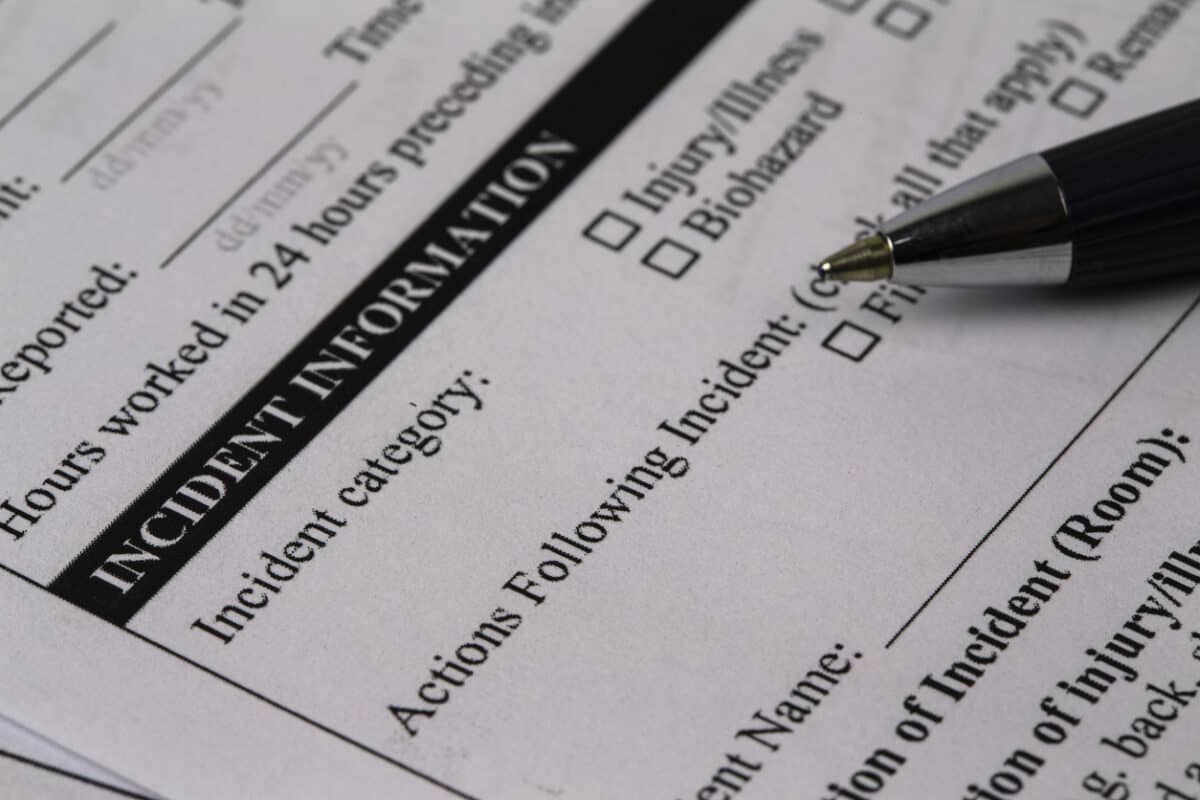It is impossible to write about occupational health and safety (OHS) without mentioning hypocrisy – when one’s actions fail to meet the commitments we espouse. An important example was identified by a SafetyAtWorkBlog reader concerning the damning inquiry into Queensland’s public sector culture.
Several years ago, Queensland’s work health and safety authority issued a “Five year strategic plan for work health and safety in Queensland 2019 -2023” infographic that states this Goal:
“Queensland Government is a model client/employer and leader in work health and safety.”







